| Dosi MCM, Kirton R, Hallsworth S, Keen JA, Morgan RA Inducing weight loss in native ponies: is straw a viable alternative to hay? Short communication to Vet Record Full Open Access paper available from the University of Edinburgh (click on "Dosi et al 2019 revised manuscript"). 40 mostly native or native-cross ponies and horses and a mule were over-wintered on mixed-grass pasture paddocks of around 1.6 hectares and were fed daily either: group A (25 horses) - a mixture of around 7 kg barley straw and 10 kg hay per 5 horses, or group B (15 horses) - around 20 kg hay per 5 horses. The horses were not exercised or rugged during the 4 month research period between December and March, and no episodes of laminitis or colic were recorded. All 25 horses in group A lost weight, with an average weight loss of 27 kg (+/- 17 kg). In group B 3 out of 15 horses lost weight (20%), and overall group B gained 6 kg (+/- 18 kg). |
If feeding straw:
Ensure teeth have been checked and function well.
Introduce straw gradually, as with all feeds.
Feed barley or oat straw, ideally not sprayed with chemicals and of good hygienic quality.
Feed no more than 50% of the total forage amount as straw. NB Pat Harris suggests feeding no more than 25% of the total forage amount as straw.
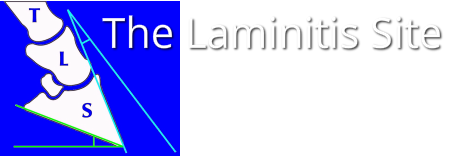
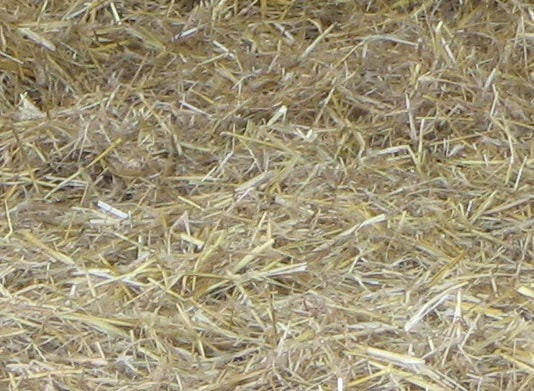
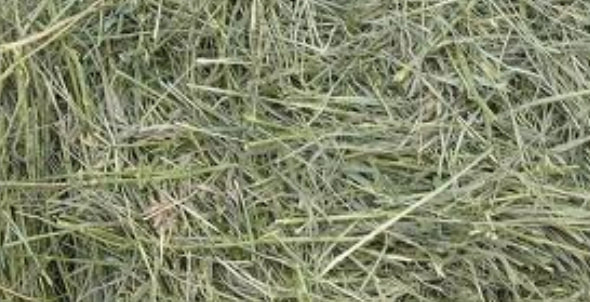
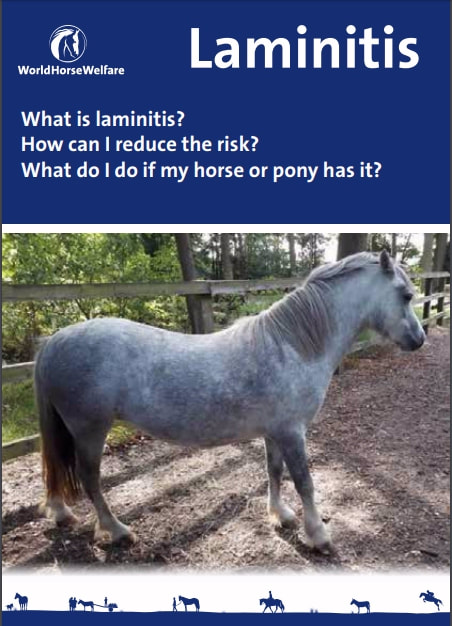
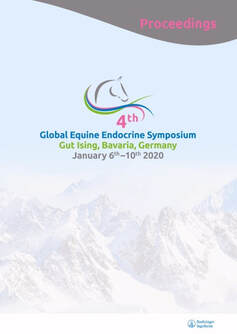
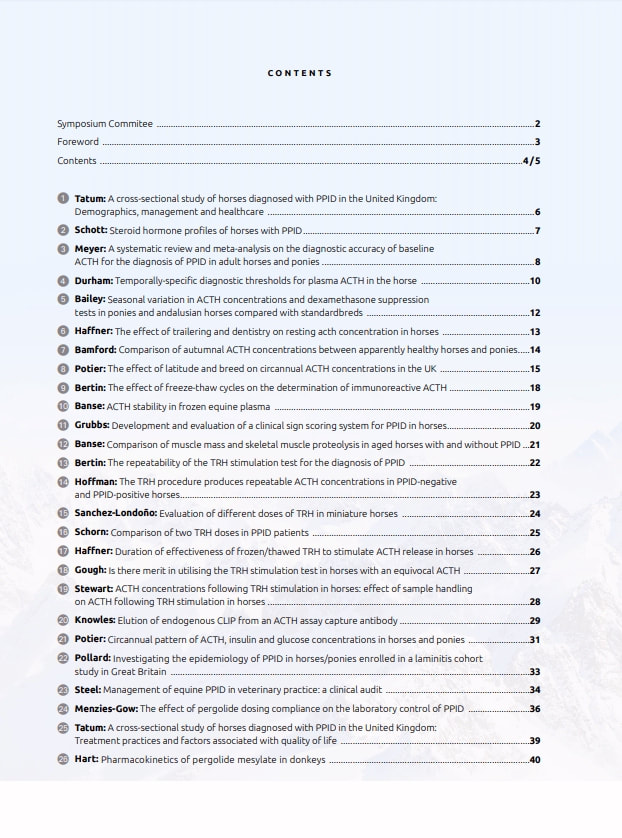
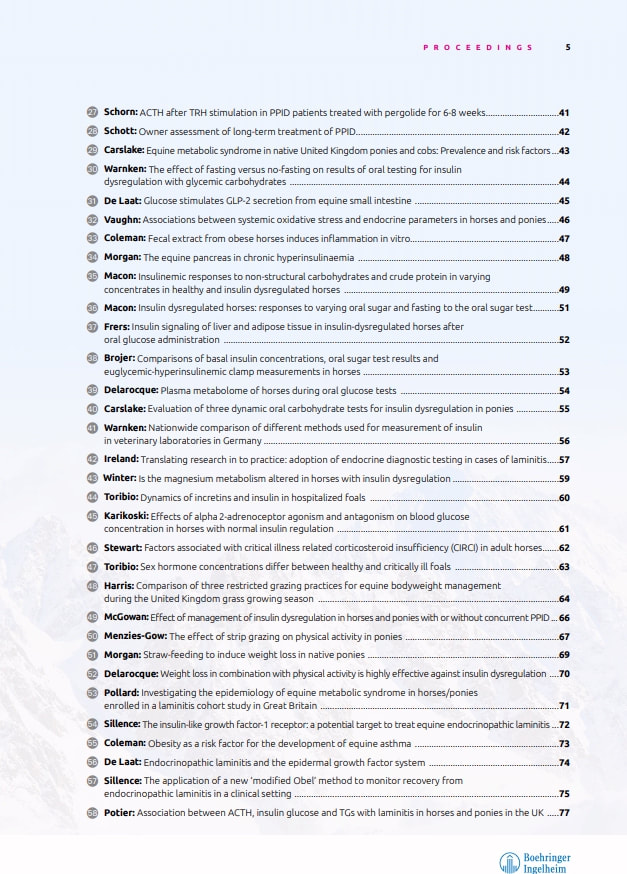
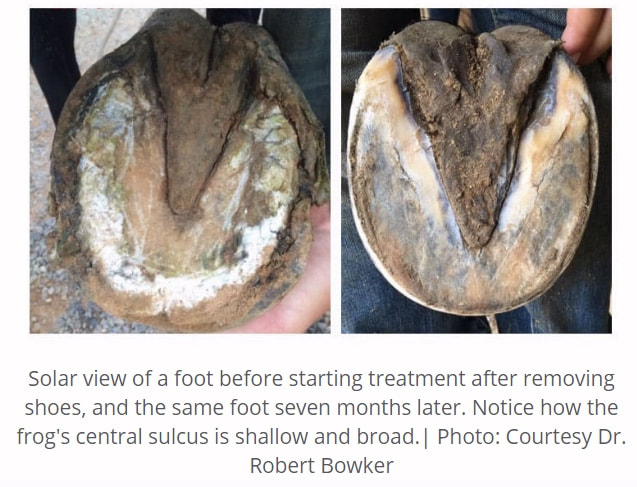
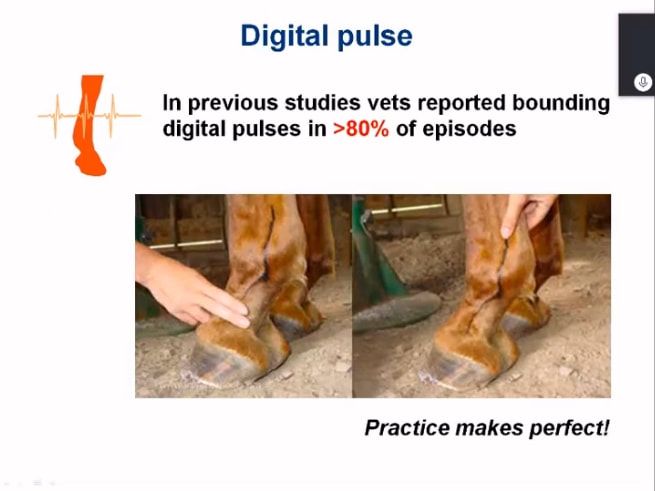

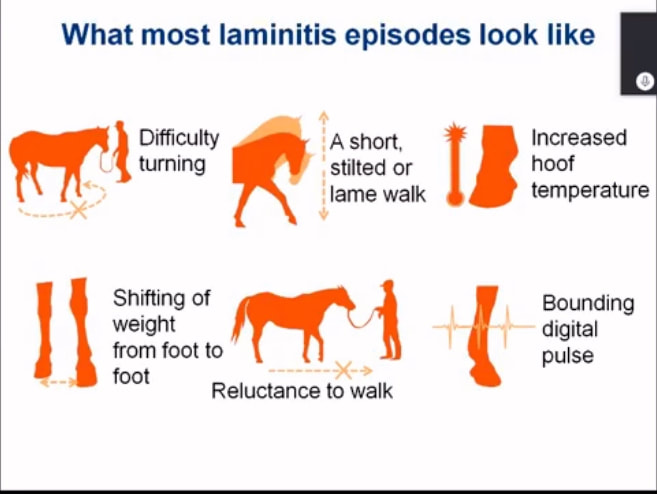
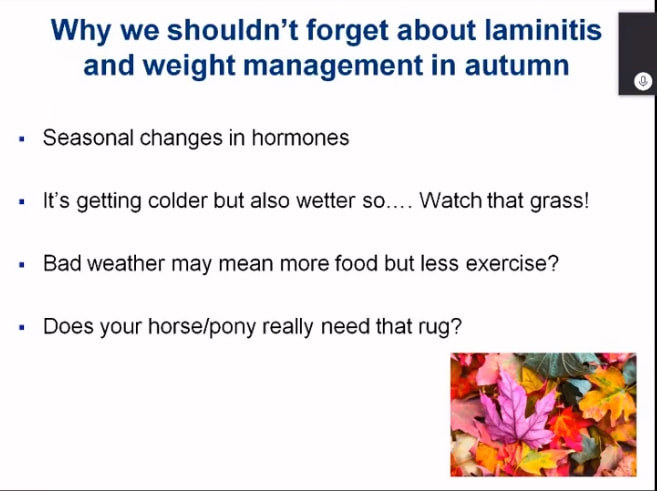
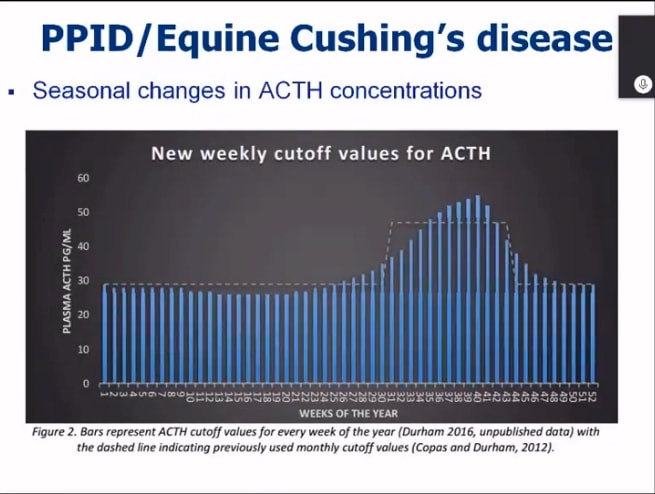
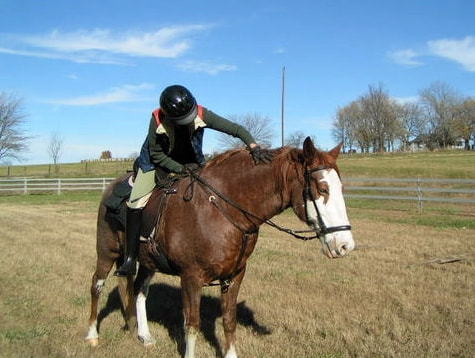
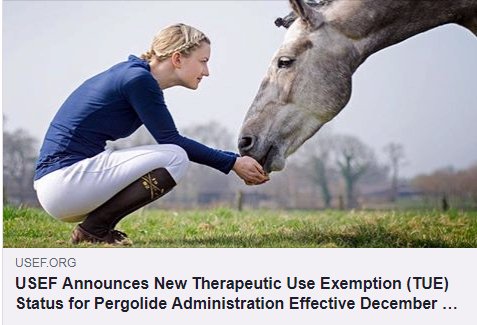
 RSS Feed
RSS Feed